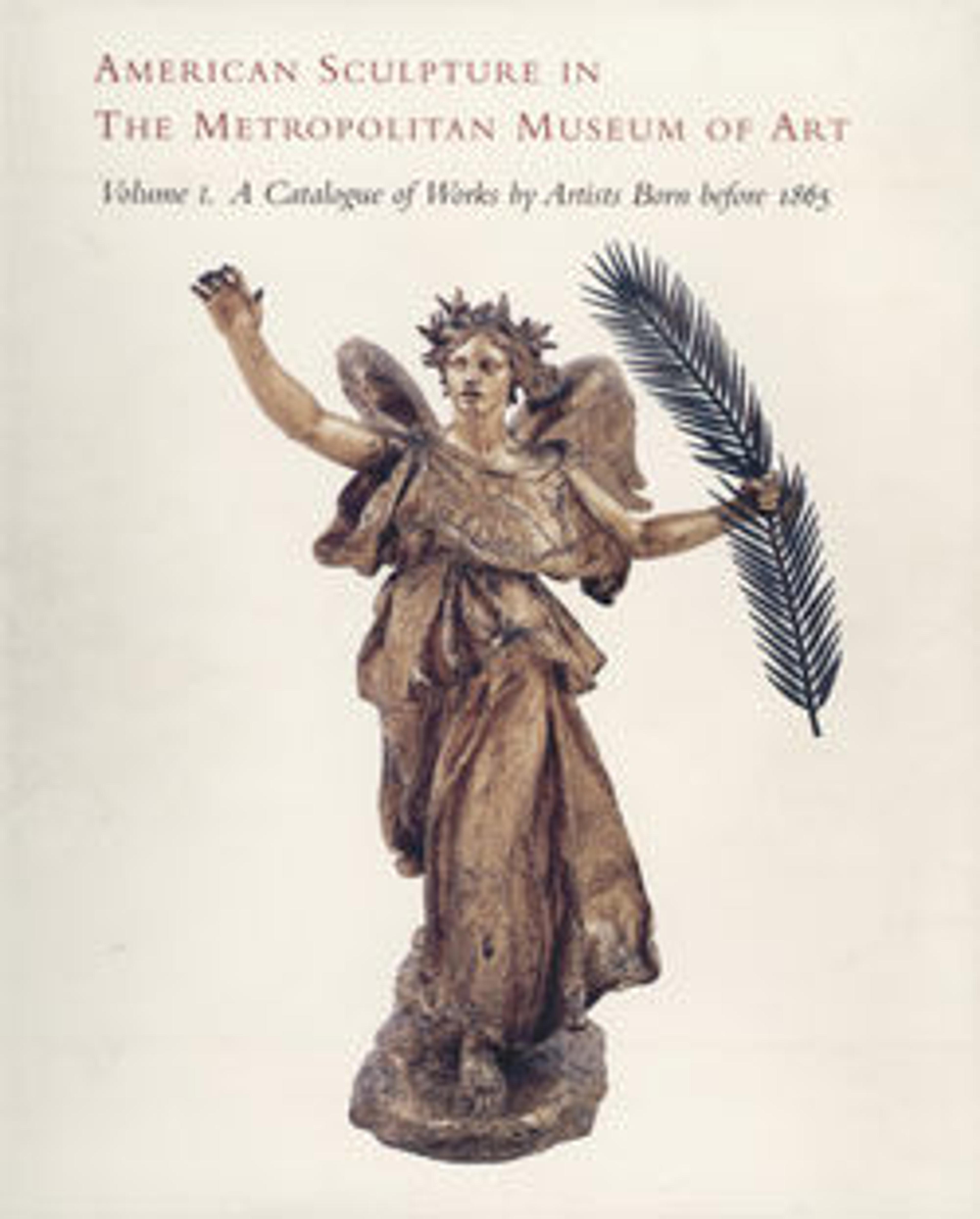Piping Pan
Although his career was closely intertwined with that of his older brother Augustus, Louis St. Gaudens completed a number of independent works. “Piping Pan,” one of his most successful efforts, was first exhibited in 1882 at the Society of American Artists in New York where one reviewer remarked the figure’s elfish features represent “budding deviltry and fun.” A wreath of ivy balances precariously on his head, while the slender boy, cheeks puffed out, concentrates on making melodies come from the slender pipes. St. Gaudens exhibited “Piping Pan” at regular intervals throughout his career, including at the 1901 Pan-American Exposition in Buffalo where it earned him a silver medal. After the sculptor's death in 1913, his widow authorized three life-size bronze casts of “Piping Pan,” including the one in the Metropolitan's collection, as well as smaller statuettes.
Artwork Details
- Title:Piping Pan
- Artist:Louis St. Gaudens (1854–1913)
- Founder:Cast by Roman Bronze Works
- Date:ca. 1882, cast 1914
- Culture:American
- Medium:Bronze
- Dimensions:43 1/4 x 12 x 19 1/4 in. (109.9 x 30.5 x 48.9 cm)
- Credit Line:Rogers Fund, 1914
- Object Number:14.119
- Curatorial Department: The American Wing
More Artwork
Research Resources
The Met provides unparalleled resources for research and welcomes an international community of students and scholars. The Met's Open Access API is where creators and researchers can connect to the The Met collection. Open Access data and public domain images are available for unrestricted commercial and noncommercial use without permission or fee.
To request images under copyright and other restrictions, please use this Image Request form.
Feedback
We continue to research and examine historical and cultural context for objects in The Met collection. If you have comments or questions about this object record, please contact us using the form below. The Museum looks forward to receiving your comments.
